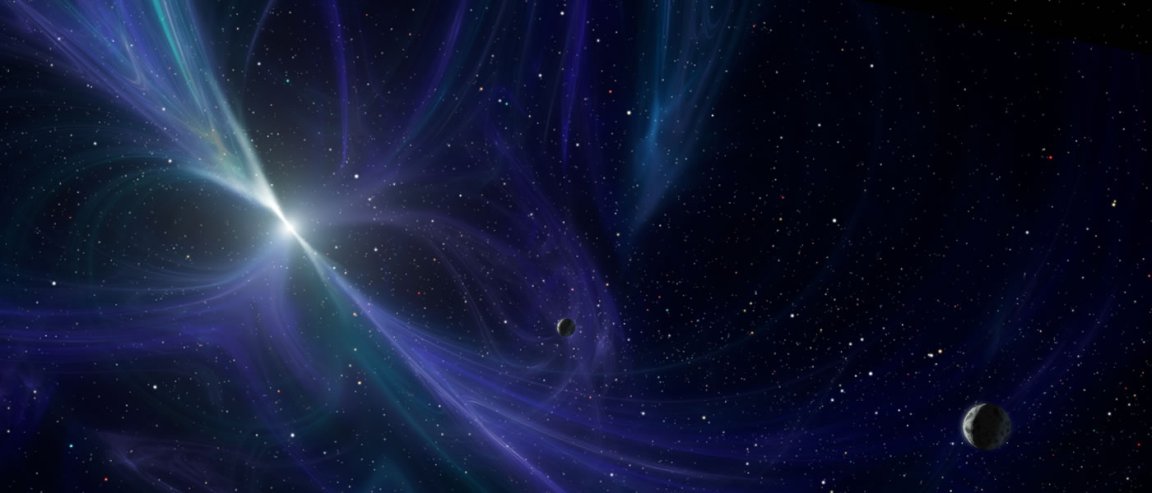
Hidden in the Data
Astronomers have discovered six millisecond pulsars buried amid the data catalogs of the Large Area Telescope (LAT) aboard NASA’s Fermi Gamma-Ray Space Telescope.
Pulsars are neutron stars—the extremely dense remnants of giant stars, typically about the size of a small asteroid, but with a mass greater than the Sun’s—that emit powerful beams of electromagnetic energy. These beams sweep across the galaxy with each rotation of the star, giving rise to the name “pulsar” (“pulsating star”).
The millisecond variety, as the name suggests, are those that rotate on incredibly short, millisecond timescales; they have been referred to as “nature’s timepieces” for their clocklike regularity.

The team of astronomers, which was led by H. Thankful Cromartie of the University of Virginia, used the famous 305-meter dish of the Arecibo Radio Telescope in Puerto Rico to re-examine 34 of 1,000 unidentified gamma-ray sources from the Fermi Space Telescope’s catalogs.
“The characteristics of the Arecibo telescope,” the team writes in their paper posted on arXiv, “give it a twofold advantage over similar instruments…[its] raw sensitivity firmly establishes its indispensability as an MSP [millisecond pulsar]-finding resource.”
After filtering out extragalactic objects and other undesirables, the team identified the six new millisecond pulsars, with periods ranging from 1.99 to 4.66 milliseconds—a measure of the colossal rotational energy of these neutron stars.
What’s more, they represent some of the very strangest specimens of what the pulsar bestiary has to offer.
Black Widows and Redbacks
Pulsars—and particularly the millisecond kind—achieve their tremendous angular momentum usually through interactions with a companion object. They are “spun up” to huge speeds either through gravitational influences from a nearby star, or by siphoning off material from their neighbor, essentially cannibalizing their companion.
The latter kind are called “black widows,” with companion stars that have typically been whittled down to less than 0.1 times the Sun’s mass. They account for three of the newly discovered pulsars, including the fastest, PSR J2052+1218. Nearly 7,400 light years away, PSR J2052+1218 has a pulse period of just under 2 milliseconds, and a very short orbital period of just 2.6 hours.
Two of the pulsars belong to a class known as “redbacks,” in which the pulsar is periodically eclipsed by outflows from a stellar companion.
The final system, PSR J1824+10, located about 8,160 light-years from us, belongs to yet a third class: A neutron star-white dwarf binary. This pulsar, with a pulse period of 4.07 milliseconds, is in an 83-day orbital period with a white dwarf companion of about one quarter the Sun’s mass.